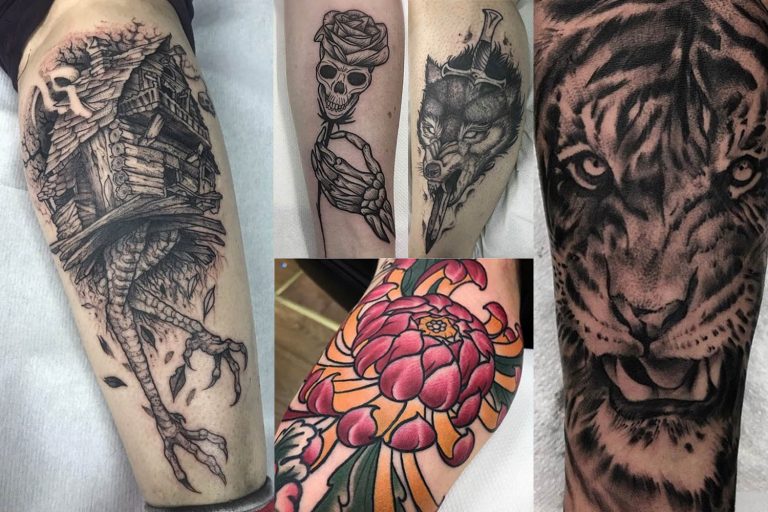George Burchett: the tattoo artist from Bow who drew on Kings
George Burchett, known as the ‘King of Tattooists’, lived in Bow in the 1900s and tattooed Kings. Like his tattoos, he left a permanent mark on history, dragging a back-street trade into the professional art form it is today.
In the first half of the twentieth century, Bow was home to a king, not of royalty, but of skill and artistry. He was popularly known as the ‘King of Tattooists’ and his extraordinary life, from the sea to tattooing royals, tells of how he rose to the throne and worked for his title.
George Burchett was born in Brighton in 1872. His passions for tattooing were clear from a surprisingly young age as he channelled his youth and spirit into tattooing or ‘scratching’ his brother and classmates, undeterred by the risk of expulsion. He was only twelve when he was dismissed from school, and by thirteen he was in the Navy.
Burchett’s story is a particularly striking one as tattooing can be seen as a modern phenomenon and yet, tattoos have a deep history dating back to 4000 BC. In the twentieth century it was the sailors, circus performers and convicts that were sporting ink. Designs included anchors to represent occupation on sea, crosses to convey religion and names of family members to keep those at war company.
In this way, joining the Navy was a turning point for Burchett. His skills were welcomed by the sailors and his ideas developed. It is said that his famous designs were from around the world, incorporating his visions of Japan and Africa from his travels there.
However, despite travelling the world aboard HMS Vincent, young George decided to leave the Navy and jumped ship onto a Spanish boat where he hid and did not return for twelve years. When he did return, he had to avoid the authorities. He changed his name from Burchett-Davis to Burchett and began working as a cobbler on Mile End Road. But it is behind this façade, from our vibrant East End, where the ‘King of Tattooists’ became known.
Skill was on his side. Burchett was recognised by Sutherland MacDonald who was the first professional tattooist in Britain. MacDonald took Burchett under his wing and trained him. Time also was on his side as during that era Mile End was crowded with sailors and dockers, all of whom were potential customers. This influx of business was supported by the invention of the electric tattoo machine.
The cobbler shop in Mile End had a back room, which Burchett used to tattoo before turning it into a full-time business. There is little information on the whereabouts of his shop, but when investigating the photos, it seems to have been located on 217 Mile End Road. Unfortunately, the same building does not stand today. The numbers 213 through to 223, the spot where he is believed to have worked, now stands as The Half Moon pub.
Perhaps the most impressive aspect of his career was his experience in tattooing royals including King Alfonso XIII of Spain, King Fredrick IX of Denmark and King George V. The tattoo of a red and blue dragon designed for King George marked the fifteen years of service he gave to the Navy before becoming King.
Our ‘King of Tattooists’ rose to the throne of the tattoo scene, not least due to the professionalism he introduced to a trade that had previously been perceived as a ‘back-street’ operation. In the 1930s Burchett also developed cosmetic tattooing for women that involved the painting of eyebrows and lips, which is an inviting story of increasing women’s freedom and how they were without exception to Burchett’s art.
Through his work, Burchett showed that tattoos were not a mark of a commoner or a convict. Instead, he attested to tattoos being a form of evidence where his customers were the paper upon which he painted their history, recording their identity and emotions in life. And with around one in three people in the UK having at least one tattoo, it is undeniable that George Burchett, and the legacy he inked, has lived on.


If you enjoyed this article, you may like our piece about love tattoos gone wrong on the Roman.



